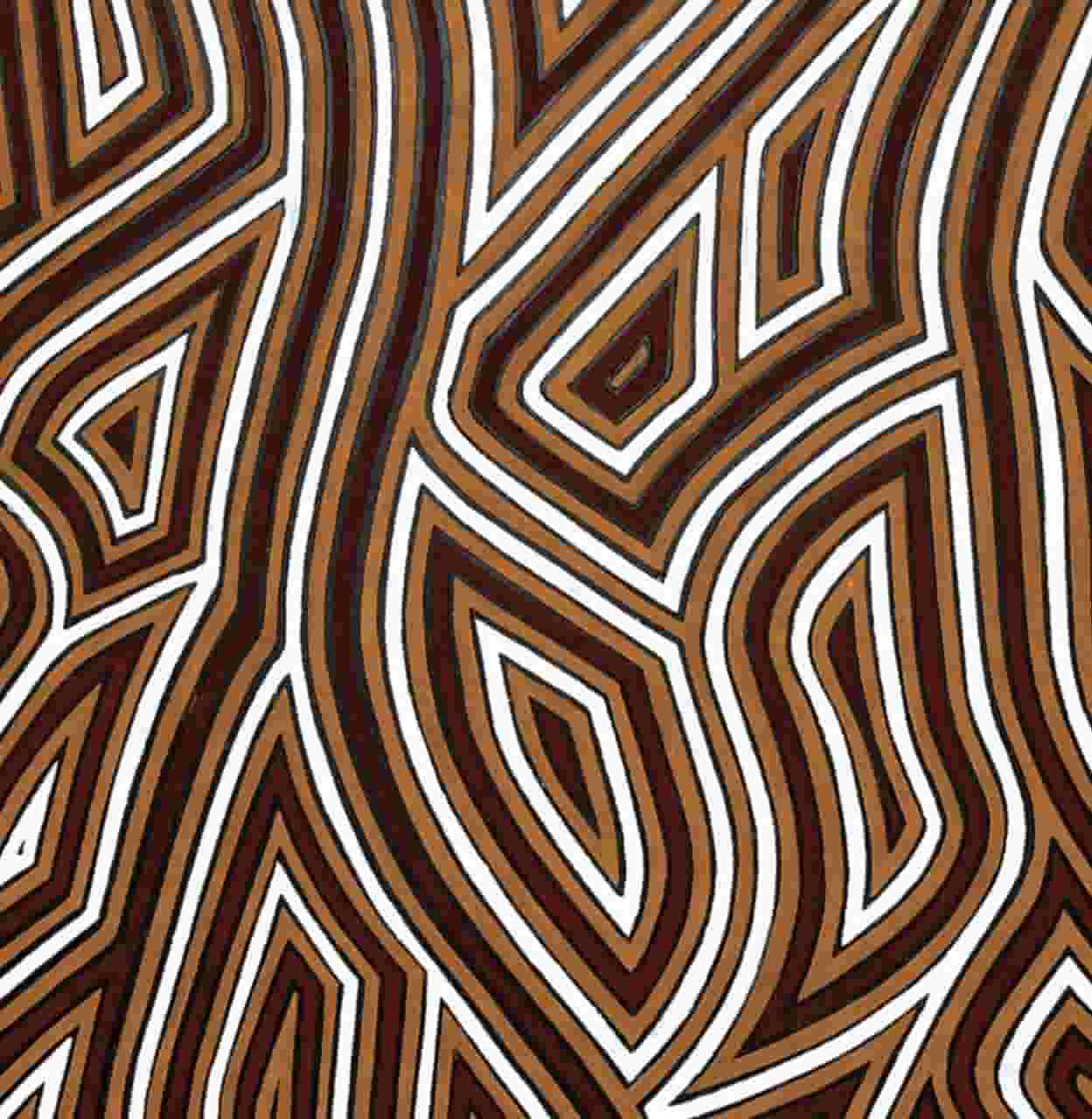Dr Deborah Apthorp
HDR Coordinator, Associate Professor; Assistant Fourth Year Coordinator , Psychology - Faculty of Medicine and Health; School of Psychology
Email: dapthorp@une.edu.au
Twitter: @deborahapthorp
Qualifications
Dip Mus. (performance), Queensland Conservatorium, 1986
B. Psych (Hons, medal), Macquarie University, 2006
PhD (Psychology), University of Sydney, 2011.
Teaching Areas
PSYC101 (Introductory Psychology I)
PSYC102 (Introductory Psychology II)
PSYC206 (Cognitive Psychology)
PSYC366/466 (Biopsychology)
PSYC422 (Advanced Research Skills)
Primary Research Area/s
Neurosicence; Cognitive science; Perception; Parkinson's disease; EEG; Postural swayResearch Interests
Dr. Apthorp is a cognitive neuroscientist specialising in the human visual system and its interactions with other sensory systems, and also how changes in these systems might serve as non-invasive ways to track disease progression in diseases like Parkinson’s disease and MS. She is also currently collaborating with machine learning experts to develop new and exciting ways to analyse multimodal longitudinal data in these studies.
Research Supervision Experience
Cognitive neuroscience (EEG, psychophysics)
Parkinson’s Disease - tracking disease progression using objective biomarkers (e.g. postural sway, EEG, eye movements)
Visual perception and musisensory perception (including self-motion perception)
Sleep and its effects on cognition and perception
Publications
Crüwell, S., Apthorp, D., Baker, B.J., Colling, L., Elson, M., Geiger, S. J., Lobentanzer, S., Monéger, J., Patterson, A., Schwarzkopf, D. S., Zaneva, M., & Brown, N. J. L. (2022). What’s in a badge? A computational reproducibility investigation of the Open Data Badge policy in one issue of Psychological Science. Psychological Science (accepted).
Benjamin, S., Parsons, M., Apthorp, D., & Lykins, A. (2022). Why take the risk? Explor- ing the psychosocial determinants of floodwater driving. Frontiers in Psychology, 13, 1–13. https://doi.org/10.3389/fpsyg.2022.913790.
Bolbecker, A., Apthorp, D., Bartolomeo, L., O'Donnell, B., & Hetrick, W. (2021). Postural sway in first-degree relatives of individuals with schizophrenia. Schizophrenia Research, 228, 319-321. https://doi.org/10.1016/j.schres.2020.12.024.
Apthorp, D., et al. (2020). Postural sway correlates with cognition and quality of life in Parkinson’s disease. BMJ Neurology Open, 2(2), e000086. https://doi.org/10.1136/bmjno-2020-000086.
Ge, W., Lueck, C., Apthorp, D., & Suominen, H. (2020). Which features of postural sway are effective in distinguishing Parkinson’s disease from controls? A systematic review. Brain & Behavior, 11(1), e01929. https://doi.org/10.1002/brb3.1929.
Haigh, A., Apthorp, D. & Bizo, L. (2020). The role of Weber’s Law in human time perception. (epub ahead of print) Attention, Perception, & Psychophysics. https://doi.org/10.3758/s13414-020-02128-6.
Wang, M., Ge, W., Apthorp, D., & Suominen, H. (2020). Robust feature engineering for Parkinson disease diagnosis: New machine learning techniques. JMIR Biomedical Engineering, 5(1), e13611. https://doi.org/10.2196/13611.
Shenfield, L., Beanland, V. & Apthorp, D. (2020). Temporal predictability does not impact attentional blink performance: Effects of fixed vs. random inter-trial intervals. PeerJ, 8, e8677. https://doi.org/10.7717/peerj.8677.
Shenfield, L., Beanland, V., Filtness, A. & Apthorp, D. (2020). The impact of sleep loss on sustained and transient attention: An EEG study. PeerJ, 8, e8960. https://doi.org/10.7717/peerj.8960.
Kim, D-J, Moussa-Tooks, A., Bolbecker, A., Apthorp, D, et al.. (2020). Cerebellar-cortical dysconnectivity in resting-state associated with sensorimotor tasks in schizophrenia. Human Brain Mapping, 41(11), 3119-3132. https://doi.org/10.1002/hbm.25002.
Carter, A., Richards, L., Apthorp, D., et al. (2019). A neuroethics framework for the AustralianBrain Initiative. Neuron 101, 365-369. https://doi.org/10.1016/j.neuron.2019.01.004.
Apthorp, D., Bolbecker, A, Bartolomeo, L., O’Donnell, B.F., & Hetrick, W.P. (2018). Postural sway abnormalities in schizotypal personality disorder. Schizophrenia Bulletin 73, 1082. http://doi.org/10.1093/schbul/sby141.
Arcioni, B., Palmisano, S., Apthorp, D., & Kim, J. (2019). Postural stability predicts the likelihood of cybersickness in active HMD-based virtual reality. Displays 58, 3-11. https://doi.org/10.1016/j.displa.2018.07.001.
Bolbecker, A., Apthorp, D., Schnakenberg Martin, A., Tahayori, B., Moravec, L, Gomez,K.L., O’Donnell, B.F., Newman, S.D., & Hetrick, W.P. (2018). Disturbances of postural sway components in cannabis users. Drug and Alcohol Dependence 190, 54–61. https://doi.org/10.1016/j.drugalcdep.2018.05.012.
Apthorp, D.. Bertamini, M.: “Programming Visual Illusions for Everyone” (book review). Perception, 47(6), 684-685. https://doi.org/10.1177/0301006618773795.
Mursic, R. A., Riecke, B. E., Apthorp, D., & Palmisano, S. (2017). The Shepard–Risset glissando: music that moves you. Experimental Brain Research, 1–17. http://doi.org/10.1007/s00221-017-5033-1
Apthorp, D., Griffiths, S., Alais, D., & Cass, J. (2017). Adaptation-Induced Blindness is orientation-tuned and monocular. i-Perception, 8(2), 2041669517698149. http://doi.org/10.1177/2041669517698149
Davis, J., McKone, E., Zirnsak, M., Moore, T., O'Kearney, R., Apthorp, D., & Palermo, R. (2017). Social and attention-to-detail subclusters of autistic traits differentially predict looking at eyes and face identity recognition ability. British Journal of Psychology, 108(1), 191–219. http://doi.org/10.1111/bjop.12188
Turner, L., Jakabek, D., Wilkes, F.,; Croft, R., Churchyard, A., Walterfang, M., Velakoulis, D., Looi, J., Georgiou-Karistianis, N., & Apthorp, D. (2016). Striatal morphology correlates with frontostrial electrophysiological motor processing in Huntington’s Disease: An Image-HD Study. Brain & Behavior, e00511–13. http://doi.org/10.1002/brb3.511
Turner, L.M, Croft, R.J., Churchyard, A., Looi, J., Apthorp, D., & Georgiou-Karistianis, N. (2015). Abnormal electrophysiological motor responses in Huntington’s Disease: Evidence of premanifest compensation. PLoS ONE 10(9): e0138563. http://doi.org/10.1371/journal.pone.0138563
Apthorp, D., & Bell, J. (2015). Symmetry is less than meets the eye. Current Biology, 25(7), R267-8. http://doi.org/10.1016/j.cub.2015.02.017
Rideaux, R., Apthorp, D., & Edwards, M. (2015). Evidence for parallel consolidation of motion direction and orientation into visual working memory. Journal of Vision, 15(2):17, 1-12. http://doi.org/10.1167/15.12.956
Apthorp, D., Nagle, F., & Palmisano, S. (2014). Chaos in balance: Non-linear measures of postural control predict individual variations in visual illusions of motion. PLoS One, 9(12): e113897. http://doi.org/10.1371/journal.pone.0113897
Palmisano, S., Allison, R.S., Ash, A., Nakamura, S., & Apthorp, D. (2014). Evidence against an ecological explanation for the jitter advantage in vection. Frontiers in Psychology, 5:1297
Apthorp, D., & Palmisano, S. (2014). The role of perceived speed in vection: does perceived speed modulate the jitter and oscillation advantages? PLoS One, 9(3): e92260. http://doi.org/10.1371/journal.pone.0092260
Palmisano, S., Apthorp, D., Seno, T., & Stapley, P.J. (2014). Spontaneous postural instability predicts susceptibility to vection in depth. Experimental Brain Research 232:1185–1191. http://doi.org/10.3389/fpsyg.2014.01297
Ash, A., Palmisano, S., Apthorp, D., & Allison, R. (2013). Vection in depth during treadmill walking. Perception, 42(5), 562–576. http://doi.org/10.1068/p7449
Apthorp, D., Alais, D., & Boenke, L. (2013). Flash illusions induced by visual, auditory and audiovisual stimuli. Journal of Vision, 13(5):3, 1- 15. http://doi.org/10.1167/13.5.3
Apthorp, D., Schwarzkopf, D.S., Kaul, C., Bahrami, B., Alais, D., & Rees, G. (2013). Direct evidence for encoding of motion streaks in human visual cortex. Proceedings of the Royal Society (B), 280(1752), 20122339–20122339. http://doi.org/10.1098/rspb.2012.2339
Alais, D., Apthorp, D., Karmann, A. & Cass, J. (2011). Temporal integration of movement: the time-course of motion streaks revealed by masking. PLoS One 6(12): e28675. http://doi.org/10.1371/journal.pone.0028675
Taubert, J., Apthorp, D., Aagten-Murphy, D. & Alais, D. (2011). The role of holistic processing in face perception: Evidence from the face inversion effect. Vision Research, 51(11), 1273–1278. http://doi.org/10.1016/j.visres.2011.04.002
Apthorp, D., Cass, J. & Alais, D. (2011). The spatial tuning of ‘motion streak’ mechanisms revealed by masking and adaptation. Journal of Vision, 11(7):17, 1–16. http://doi.org/10.1167/11.7.17
Dakin, S., Apthorp, D. & Alais, D. (2010). Anisotropies in judging the direction of moving natural scenes. Journal of Vision, 10(11):5, 1–19. http://doi.org/10.1167/10.11.5
Apthorp, D., Cass, J. & Alais, D. (2010). Orientation tuning of contrast masking caused by motion streaks. Journal of Vision, 10(10):11, 1–13. http://doi.org/10.1167/10.10.11
Apthorp, D., Wenderoth, P. & Alais, D. (2009). Motion streaks in fast motion rivalry cause orientation-selective suppression. Journal of Vision, 9(5):10,1–14. http://doi.org/10.1167/9.5.10
Apthorp, D., & Alais, D. (2009). Tilt aftereffects and tilt illusions induced by fast translational motion: Evidence for motion streaks. Journal of Vision, 9(1):27, 1–11. http://doi.org/10.1167/9.1.27

